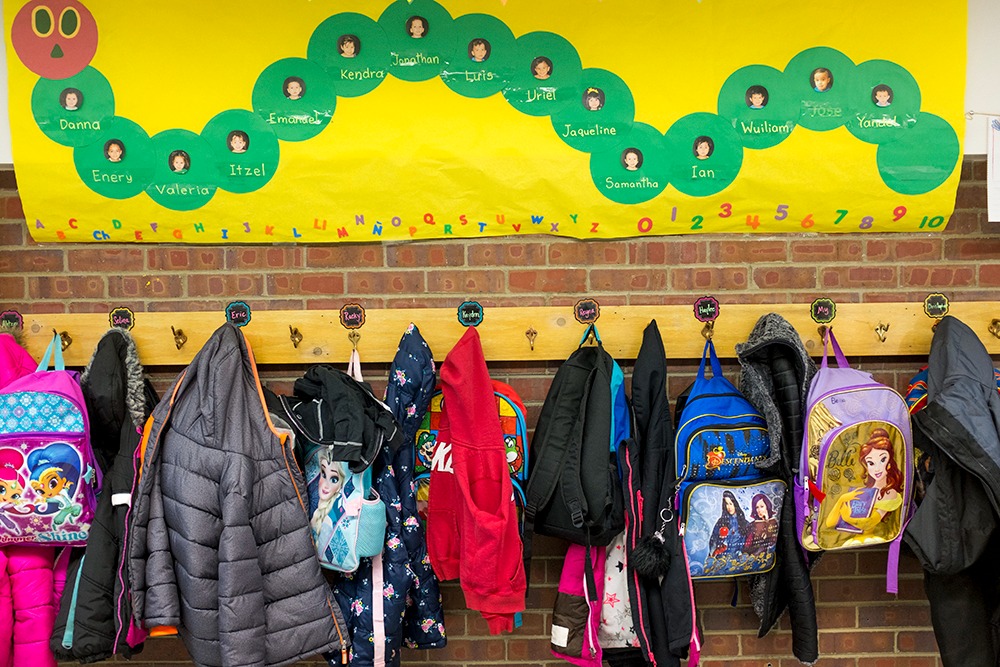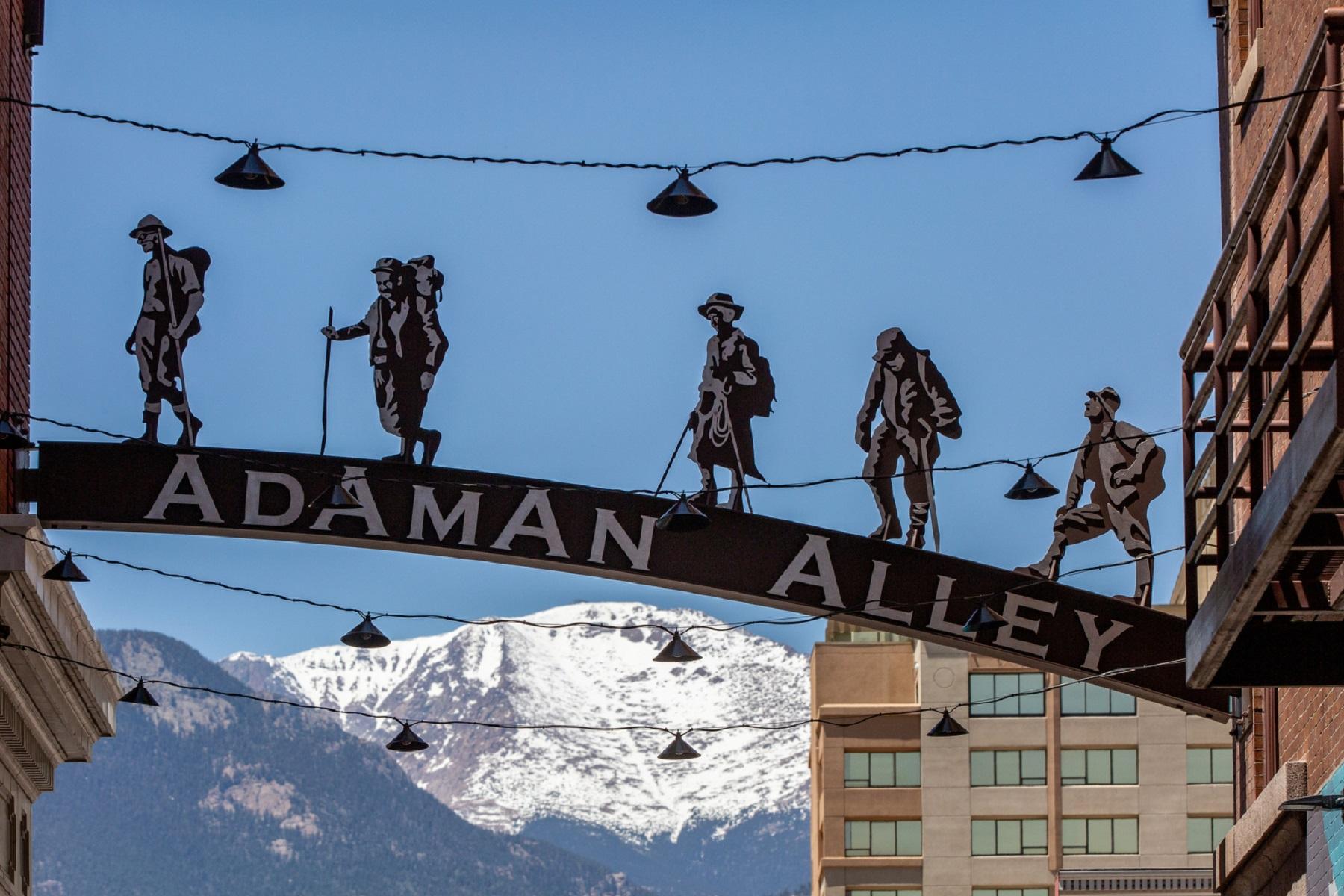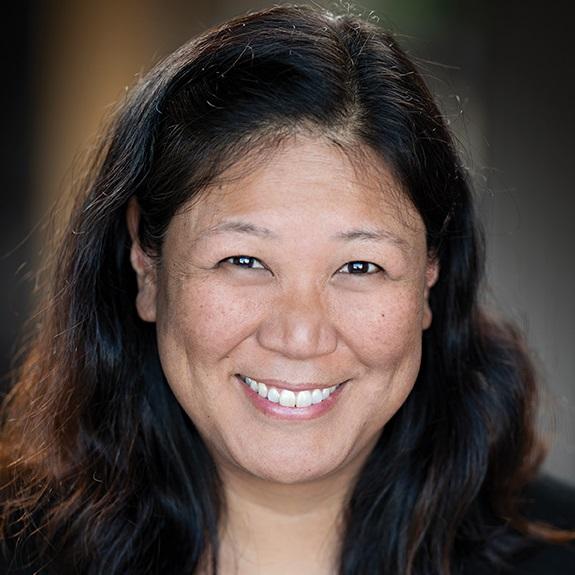
This story was originally published by Chalkbeat. Sign up for their newsletters at ckbe.at/newsletters.
By Ann Schimke, Chalkbeat
A committee of fourth-grade teachers in western Colorado spent months this past school year reviewing potential social studies curriculum. The one they chose was written by Colorado historians and is widely used in schools across the state.
But in April, the school board in Mesa County Valley District 51, a 20,000-student district based in Grand Junction, rejected that curriculum, called “The Colorado Story.” Some board members felt its mention of the Black Lives Matter movement was not age-appropriate and that it portrayed historical figures such as Christopher Columbus in a negative light, among other concerns.
Barb Evanson, the District 51 board member who was most vocal in her opposition, said in an interview that she felt the curriculum wrongly portrayed Columbus as solely responsible for harm to indigenous people in the Americas.
“Were there people that were doing bad things? Were there people that were absolutely there with ill intention? Absolutely,” she said. “Was it Christopher Columbus? No.”
The controversy in District 51 echoes current culture war battles over how American history is taught and whether schoolchildren can grapple with challenging subjects like race, racism, and flawed historical figures. The Trump administration has joined the fray, too — launching an effort in May that asks national parks visitors to report signage that disparages past or living Americans.
Liz Wallace, publisher and president at Gibbs Smith Education, which publishes “The Colorado Story,” said what happened in District 51 was a first.
“Prior to this year, I have never had a board reject one of our books,” she said.
Curriculum decision splits the community
Instead of “The Colorado Story,” the District 51 school board chose a different fourth-grade social studies curriculum in May. Called “Exploring Social Studies: Colorado,” it got lower marks from the teacher committee. The district will spend about $116,000 to purchase the second-choice curriculum, including textbooks, teacher guides, activities, and digital access. A district spokesperson couldn’t provide the cost of the first-choice option because she said district officials never got far enough into the process.
The vote wasn’t unanimous. In a microcosm of national politics, both the board and the community were split over what fourth graders in Grand Junction should learn. The board voted 3-2 in April to reject “The Colorado Story.” In May, it voted 4-1 to adopt “Exploring Social Studies: Colorado.”
Board Vice President Will Jones, who ultimately voted to adopt the second-choice curriculum, expressed frustration with the process and said topics like Black Lives Matter are part of history and should be taught.
“Where I get frustrated is the committee that we put together chose the first book overwhelmingly,” he said. “And we’re taking the word of a few of us that may not like something.”
Board President Andrea Haitz said during an April meeting that she felt “The Colorado Story” discussion of Black Lives Matter, covered on two pages of the textbook’s 290-page third edition, would be too heavy for her soon-to-be fourth-grade son.
“I don’t know that this activism stuff is really appropriate for him at fourth grade,” she said. “As a parent, I’m not ready to have that conversation with him.”
But board member Jośe Luis Chávez, the only board member to vote against the second-choice curriculum, said it’s a fact of life in some communities.
“The activism stuff, my daughter knew that probably in first grade,” he said.
A popular textbook is a victim of ‘time and place’
On April 1, when District 51 administrators recommended “The Colorado Story” during a school board presentation, there were no hints of controversy. A curriculum specialist talked about why the seven-member teacher committee thought it was the strongest contender. He described it as “visually stunning” and noted that community members at a public feedback session called it a wonderful curriculum that includes diverse perspectives and aligns well to state standards.
But weeks later, Evanson and other board members said they wanted a different option.
Evanson, who homeschools her two children, said at one meeting that because there is no bibliography in the “The Colorado Story” textbook, she considered it opinion-based. In an interview, she acknowledged that 9- and 10-year-olds might not consult a bibliography, but said parents like her would.
Wallace said it’s not typical for fourth-grade textbooks to have bibliographies and that the teacher’s guide has links to a variety of sources, including materials from the Colorado Ute tribes and History Colorado, which runs museums and historic sites around the state.
“The Colorado Story” textbook is authored by Tom Noel, a former state historian whose nickname is “Dr. Colorado,” and Debra Faulkner, a historian at the Brown Palace Hotel in Denver. Noel and Faulkner declined to comment for this story. A spokesperson for History Colorado, which includes “The Colorado Story” on its list of recommended textbooks, said no one from the organization was available to comment.
Fourth grade is when Colorado students learn state history. In recent years, District 51 hasn’t had a uniform fourth-grade social studies curriculum, instead cobbling together old materials.
Schools in about 100 of Colorado’s 179 districts use the second or third edition of “The Colorado Story,” Wallace said. The third edition came out a few years ago and aligns with the state’s 2022 social studies standards.
Wallace said those standards are among the most progressive in the country and that some of what board members objected to in “The Colorado Story” was included because of the standards.
A social studies teacher in District 51, who asked not to be named so he could speak freely about school board decisions, said he thinks “The Colorado Story” was a victim of “time and place.”
Mesa County is a conservative-leaning community where 61% of voters went for Trump in the last presidential election.
The teacher said the prevailing approach to controversial or challenging topics is “no longer just ‘You have your view and I’ll have my view.’ It’s, ‘I don’t want that in the classroom.’”
Issues like the Black Lives Matter movement can be taught in an age-appropriate way, he said. Educators can be trusted to understand what’s suitable for their classrooms, and students often enjoy contemporary topics like Black Lives Matter because they don’t feel “like ancient history,” he said.
Critics focus on depiction of Columbus, colonizers
In critiques of “The Colorado Story,” some District 51 board members repeatedly voiced concerns about people or groups they felt weren’t depicted fairly, including Christopher Columbus, Spanish “colonizers,” gold prospectors, and modern-day police officers.
Evanson said the book contained only “snippets” about Columbus.
“It didn’t give the totality of Christopher Columbus,” she said. “If we’re not going to teach the whole truth, why would we teach a portion of it?”
The textbook devotes a handful of paragraphs to Columbus.
Next to a picture of him, the text says, “When the Spanish arrived in the New World, they claimed the land for Spain. They did not want to be friends with the Native people. Instead, the Spanish attacked their villages, taking whatever they wanted. Indigenous people fought back, but the Spanish had more powerful weapons.”
Wallace noted that the curriculum’s teacher guide includes an activity called “Columbus: Hero or Villain?”
The idea, she said, is that “students explore this complex person and the complex history associated with him and form their own conclusions.”
Evanson also said, “The Colorado Story” paints gold prospectors as greedy and environmentally reckless. The book mentions early that they dug tunnels, felled trees, and left “ugly scars” on the land. Later, it explains that they wanted to get rich because many prospectors didn’t have jobs, and “gold brought a glimmer of hope.”
Evanson, who previously worked in law enforcement, and Haitz objected to a mention of Elijah McClain in a short section called “Activism Today” that features Black Lives Matter. McClain was a young Black man who died after police restrained him in Aurora in 2019. In addition to McClain, the book briefly mentions George Floyd, a Black man who was killed by a Minneapolis police officer in 2020.
Haitz said, “The book pinpointed specific events that seemed to villainize law enforcement specifically, but did not give full context around the entire case.”
In both cases, police officers who restrained the men were convicted of crimes.
Haitz said she felt the second-choice curriculum handled the activism topic in a more age-appropriate way — by highlighting Rodolfo “Corky” Gonzales, a famous immigrant rights activist from Denver.
But “The Colorado Story,” the rejected curriculum, also features Gonzales in a two-page section about the Chicano movement in Colorado.
Three of the five District 51 board members — Jones, Chávez, and Angele Lema — either declined to be interviewed for this story or did not respond to requests for comment. Evanson and Haitz both said their concerns with “Colorado Story” were not fueled by conservative political views.
“I really did look at this as an age-appropriate context,” said Haitz. “This was not left, right, conservative, liberal.”
She said some district residents were upset about the rejected curriculum and wrote to the board saying it was trying to whitewash history.
“I never once said I didn’t want kids to learn about Black Lives Matter,” Haitz said. “I totally want kids to learn about that. Just let’s learn about it in its full context, and let’s learn about it a little bit later when we can talk about it more robustly.”
Ann Schimke is a senior reporter at Chalkbeat, covering early childhood issues and early literacy. Contact Ann at [email protected].









